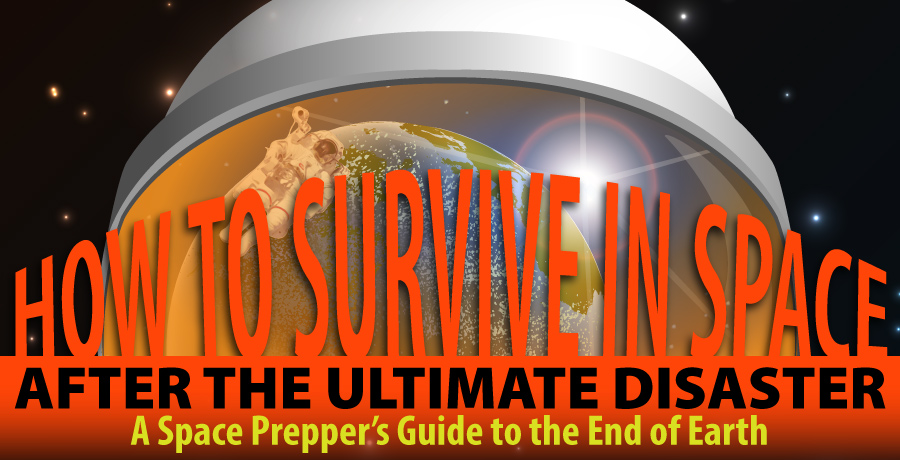(Before It's News)

How do you survive in space if you're not Sandra Bullock? Floating space junk, lack of oxygen and a freezing cold, hostile environmnent depicted in the blockbuster movie 'Gravity', could freighten any future space traveler. Those problems can give a real headache for astronaut wannabes, but what about common people? What if an ultimate disaster comes, end of the world as some describe it, and we are forced to live in outer space? Don't panic, an
emergency management degree program guide website has a solution for that.
Space junk is really a serious problem. Nowadays, tens of thousands of pieces of space debris circle the planet up to 10 times faster than a bullet (at 17,500 mph.), endangering the International Space Station and satellites that must regularly be repositioned to get out of the way. Recently, former NASA shuttle astronaut George Zamka told a House Science, Space and Technology subcommittee that “aside from launch and re-entry, orbital debris poses the highest risk to human space flight.”
Radiation is a serious problem too. Leaving Earth’s atmosphere exposes you to more radiation than is healthy. 1 Sievert = +5.5% rise in risk of fatal cancers and one round trip to Mars = .66 Sieverts – the infographic shows. Sievert is a measure of the health effect of low levels of radiation on the human body. Quantities that are measured in sieverts are intended to represent the stochastic health risk, which for radiation dose assessment is defined as the probability of cancer induction and genetic damage.
Of course you can't survive in space without any supplies of food and fresh water. “It costs $10,000 per lb of food sent to the International Space Station – we’re going to need to grow food as we fly. Astronauts currently get 3.8 pounds of food per day. This is 7,000 lbs of food per person to get to Mars and back.” It is pointed out. “Turns out there is water in space. Interplanetary dust contains both hydrogen and oxygen, at times mixing to rain down on surfaces.” We're saved!
Space dust is also dangerous. But wait… moondust can be deadly?
Source:
http://www.thesciencenews.info/2014/06/how-to-survive-in-space-after-ultimate.html



